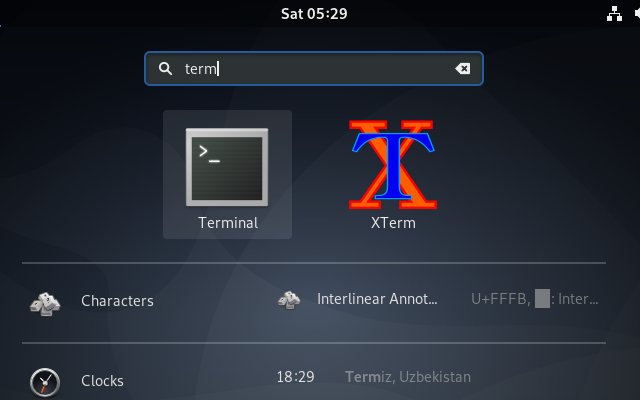GNU/Linux Fedora 39 Installing DownloadHelper Companion App – Step by step Guide
How to Download and Install Video DownloadHelper Companion App on Fedora 39 GNU/Linux desktop – Step by step Tutorial.
And Video DownloadHelper Companion App for Fedora 39 provides a way to write Files to the Disk. The only ways to write a File from a Browser Add-on is to use the downloads API which basically takes an URL and transfers the data verbatim to the downloads directory. Even if the downloaded data can be generated internally by the Add-on, it is Not Suitable to writing big files like Videos. The ability to write files from an Add-on was present in Firefox but does not exists in Chrome nor Firefox (>= 57). Writing Files from the Add-on is necessary when downloading streams using Protocols HLS and DASH.
Moreover, it contains a build of the very popular ffmpeg Video Converter App. This is required by the Add-on to create Audio+Video files when Audio and Video Data are Streamed Separately. This is also necessary if you want to perform any Conversion Operation on the Downloaded Media.
Again with Video DownloadHelper you can download Videos and Playlist from: YouTube, MySpace, Google videos, DailyMotion, Porkolt, iFilm, DreamHost and others.
Especially relevant: Video DownloadHelper Browser Extension Free Version is now watermarking the downloaded Videos.
Last, Video DownloadHelper will take care of calling the App whenever it requires an operation that cannot be done from within the Browser.

1. Launching Terminal
Open a Terminal Shell Emulator Window:
(Press “Enter” to Execute Commands)In case first see: Terminal Quick Start Guide.
2. Downloading Video DownloadHelper
Download Video DownloadHelper for Fedora GNU/Linux
Possibly, on Firefox Prompt Choose “Save File”:
Contents